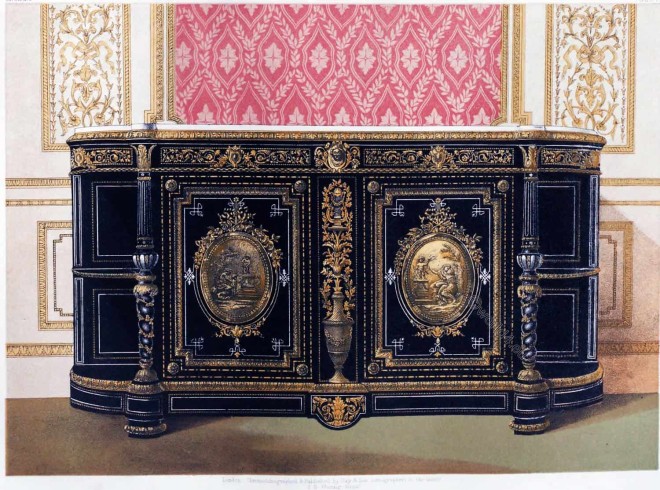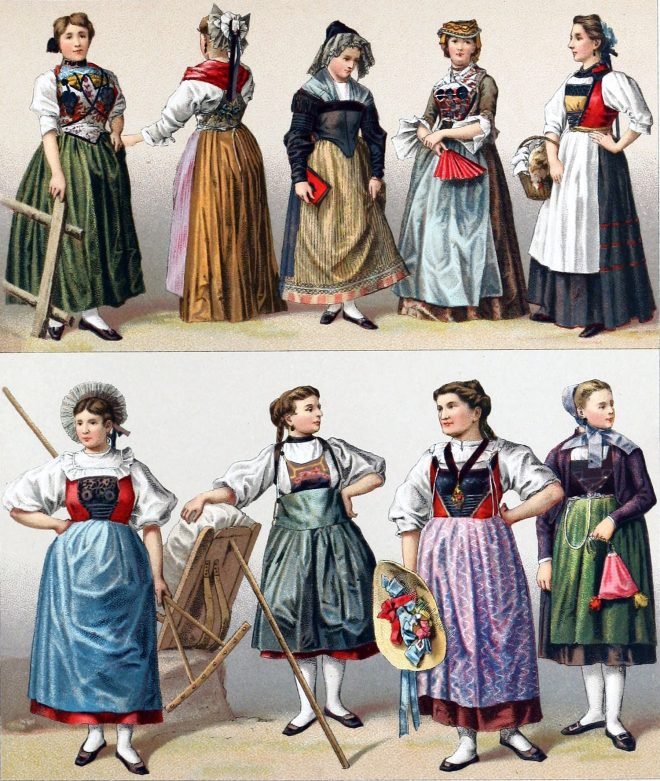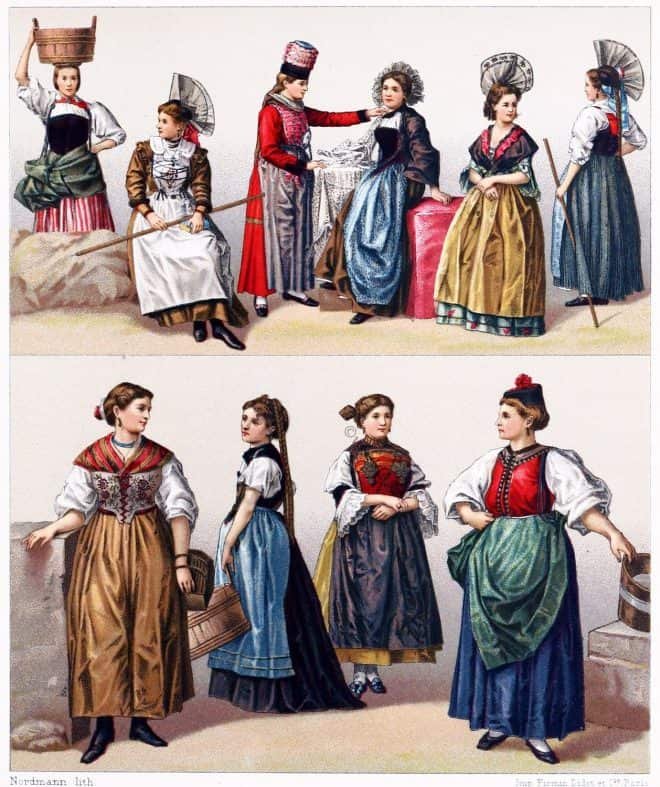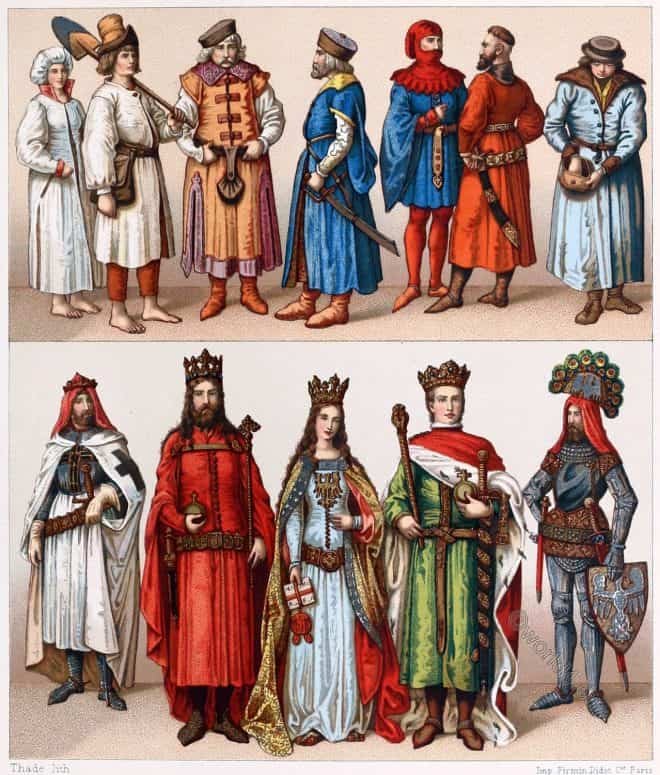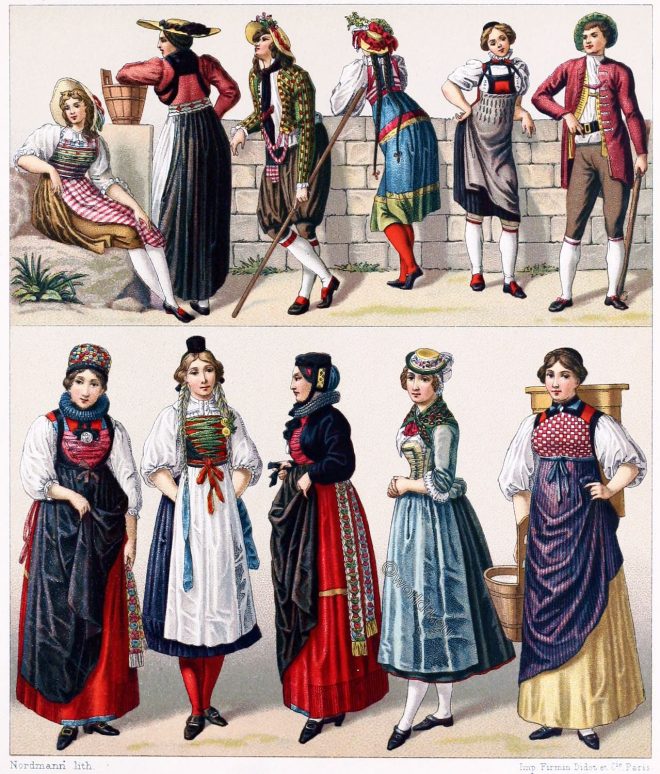Ebony cabinet in the style of Louis Seize. Prize medal for great excellence of design and workmanship in decorative furniture 1862.
Category: Europe
Fashions in Europe. European Costume and Cultural History.
Women’s costumes from the Swiss cantons at the end of the 19th century.
Women’s costumes from the Swiss cantons, Unterwalden, Sankt Gallen, Bern, Valais, Zurich, Zug, Lucerne and Basel.
Russian Women’s, Boyars, Cossacks and Nobility costumes.
Russia 16th and 19th century. Historical persons and folk costumes.
Switzerland. Female costumes from Berne, Appenzell, Fribourg and others.
Traditional female Swiss costume fashion from the cantons of Bern, Appenzell, Fribourg, Uri, Lucerne, Schwyz and Unterwalden.
Polish Costumes in the Middle Ages. Typical and historical figures.
Clothing in Poland in the 14th and 15th centuries. Typical and historical figures.
Swiss folk costumes at the beginning of the 19th century.
Swiss folk costumes from the cantons of Lucerne, Fribourg, Zug, Bern, Schwyz, Schaffhausen and Valais at the beginning of the 19th century.
Swedish Costumes of Country People. Norwegian Wedding.
Swedish costumes of the country people from Dalarna, Leksand, Mora, Skåne. Bride and groom from Hitterdalen in Norway.
France. Historical folk costumes from the Bordeaux area.
France Bordeaux. Folk costumes from Gradignan, Caudéran, Pessac, Laroque, Blaye. First half of the 19th century.
Empire Romantic. Young lady wears a ballroom ensemble of the 1820’s.
History of Costume. Empire Romantic Era of the middle or late 1820’s. Young lady wears a ballroom ensemble. Young man dressed in evening clothes.
The Vatican. St Damaso with the loggias of Bramante and Raphael.
The beautiful Loggias, or open corridors, rise in three stories one above the other, each exhibiting towards the East, towards the North, and towards the West.

